Bleeding heart - is it really native
mooserider
12 years ago
Featured Answer
Sort by:Oldest
Comments (11)
tanowicki
12 years agoRelated Professionals
Edmond Landscape Architects & Landscape Designers · Southfield Landscape Architects & Landscape Designers · Aloha Landscape Contractors · Fairview Landscape Contractors · New Providence Landscape Contractors · White Bear Lake Landscape Contractors · York Landscape Contractors · Casselberry Landscape Contractors · Alhambra Fence Contractors · Gardena Fence Contractors · Gilbert Fence Contractors · Issaquah Fence Contractors · Reisterstown Fence Contractors · Winter Park Fence Contractors · Goleta Fence Contractorsbuyorsell888
12 years agoEmbothrium
12 years agobotann
12 years agoEmbothrium
12 years agokristincarol
12 years agobuyorsell888
12 years agoEmbothrium
12 years agobuyorsell888
12 years agobuyorsell888
12 years ago
Related Stories
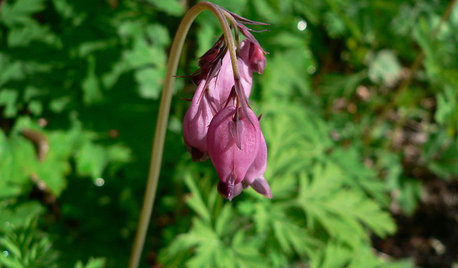
GARDENING GUIDESGreat Design Plant: Western Bleeding Heart
Delicate heart-shaped flowers belie a tough nature in this woodland spring perennial
Full Story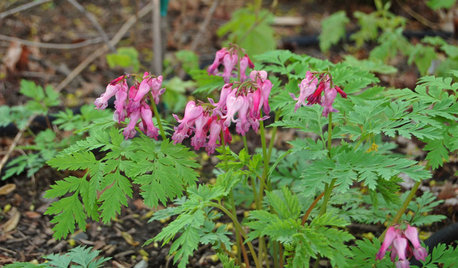
GARDENING GUIDESGreat Design Plant: Dicentra Eximia Brightens Shady Gardens
This North American bleeding heart species blooms from spring to fall and welcomes bees and hummingbirds
Full Story
GARDENING GUIDES10 Deer-Resistant Native Flowers to Plant This Fall
Learn about natives that embrace some kinds of wildlife but resist grazing deer
Full Story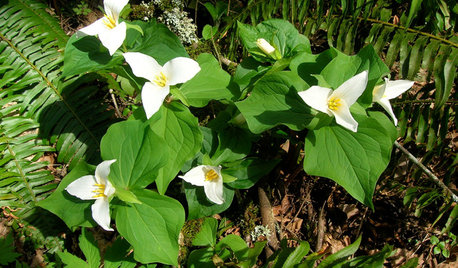
GARDENING GUIDES8 Native Flowers to Brighten Shady Garden Spots
These self-spreading plants from around the country will create a low-maintenance splash from spring to fall
Full Story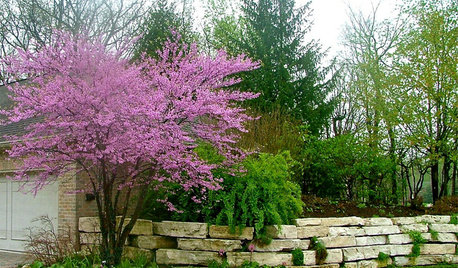
GARDENING GUIDES10 Top Mid-Atlantic Native Plants
Enjoy a four-season garden in the mid-Atlantic region with plants that will stand up to weather shifts, clay soil and the occasional deer
Full Story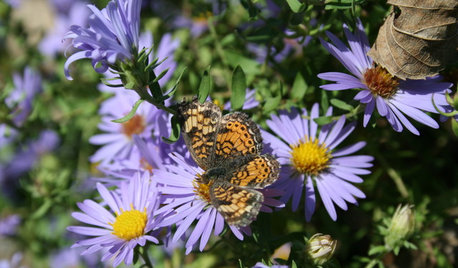
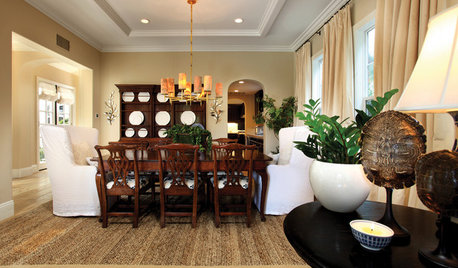
HOUSEPLANTSMeet a Long-Lasting Houseplant With a Forgiving Heart
Low light and little watering won't scar Zee Zee plant for life; this East Africa native has a tolerant nature and an exotic beauty
Full Story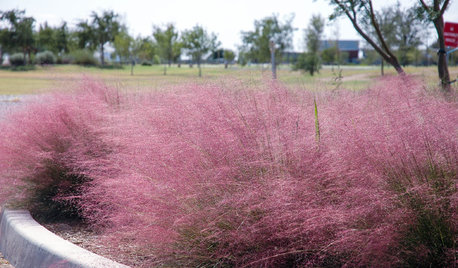
NATIVE PLANTS10 Top Plants Native to the Desert Southwest
Get a thriving garden despite unforgiving conditions with these tough, unthirsty, sun-loving beauties
Full Story
NATIVE PLANTSGreat Native Plant: Grow Wild Quinine for Its Unique Clusters of Blooms
Get connoisseur cred and unique blooms with this uncommon plant. Bonus assets: It’s low maintenance and drought tolerant
Full Story
GARDENING FOR BUTTERFLIES3 Ways Native Plants Make Gardening So Much Better
You probably know about the lower maintenance. But native plants' other benefits go far beyond a little less watering and weeding
Full StorySponsored
Columbus Area's Luxury Design Build Firm | 17x Best of Houzz Winner!
More Discussions







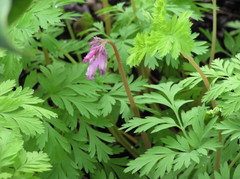




reg_pnw7